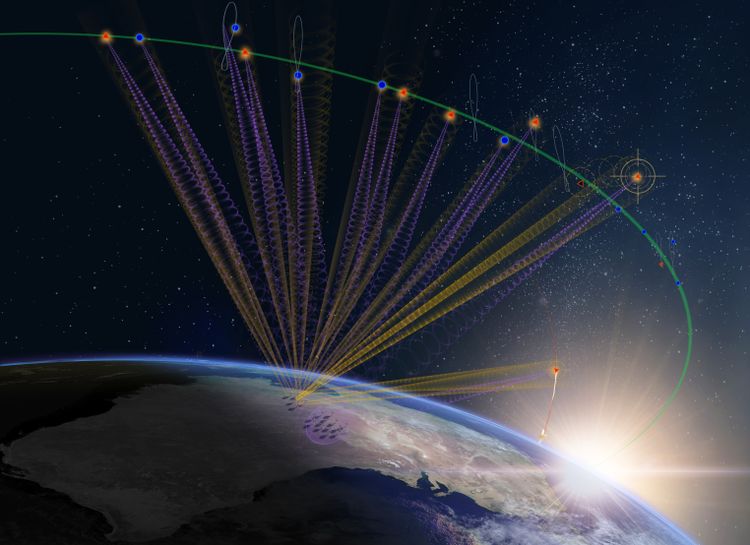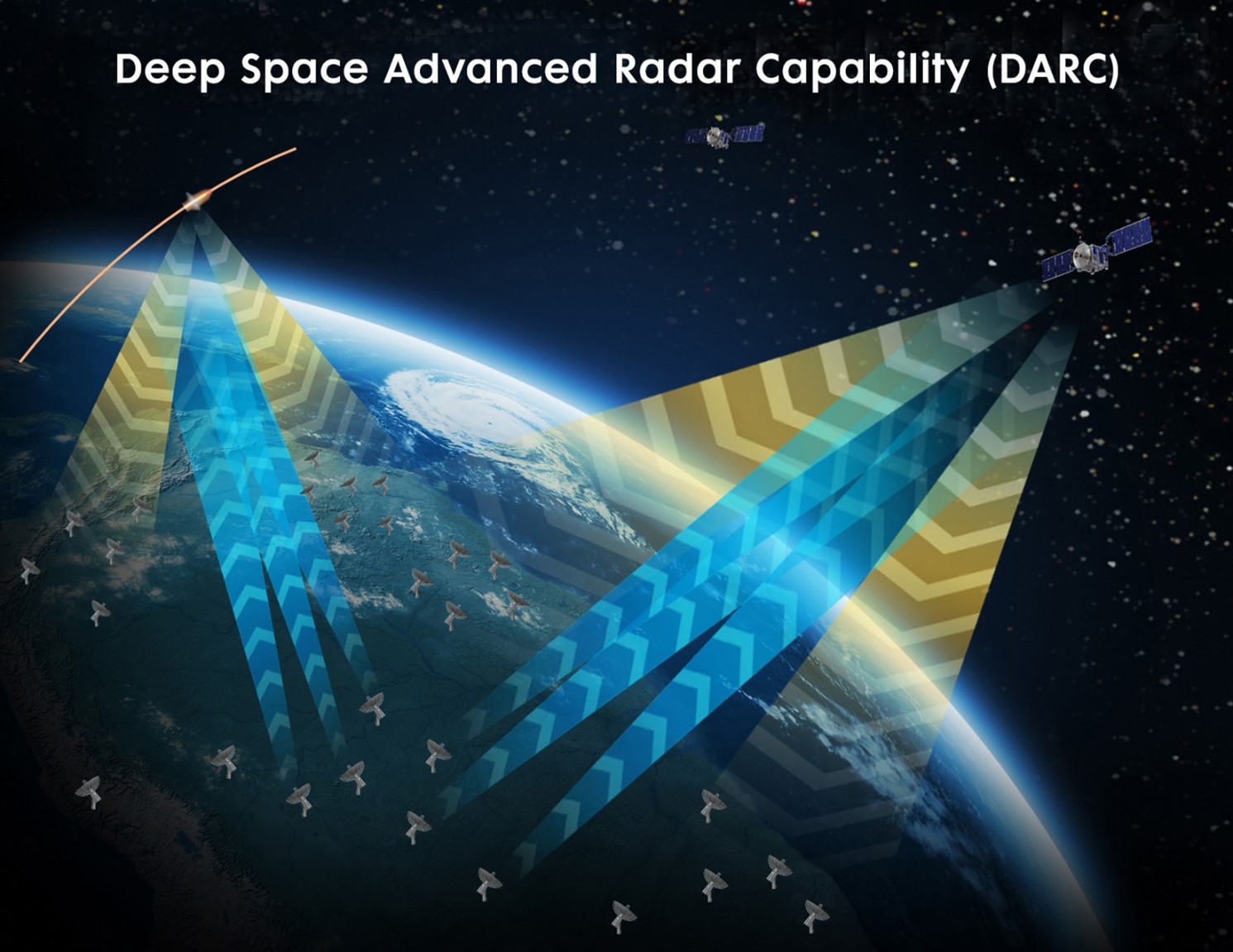
Space Force Taps Northrop to Build Radar in UK for Monitoring Deep Space (Image Credit: airandspaceforces)
The Space Force has awarded Northrop Grumman a $200 million contract to build a cutting-edge space radar in the United Kingdom, part of a joint venture between the U.S., U.K., and Australia to monitor 22,000 miles above the Earth around the clock.
The Deep-Space Advanced Radar Capability (DARC), as it is know, will include radar sites in each of the three countries and maximize coverage by sharing data to connect the three sites.
Northrop previously received a $341 million contract in 2022 to build the first DARC site in Western Australia, which is expected to be operational by 2026. The second radar site in the U.K. is slated to be finished by February 2030. The third radar will be based in the U.S., with all three sites to be completed by the end of the decade.
Once operational, DARC is expected to provide all-weather capabilities to detect, track, identify, and characterize objects moving through geosynchronous orbit (GEO).

“As the world becomes more contested and the danger of space warfare increases, the U.K. and our allies must ensure we have the advanced capabilities we need to keep our nations safe,” then-U.K. Defense Secretary Grant Shapps, said in December 2023.
The project aims to modernize space domain awareness (SDA) for the U.S. and its allies by replacing outdated Cold War-era missile tracking radars and decade-old optical sensors that aren’t suited for today’s space environment. Unlike traditional optical systems that only work at night, DARC offers 24/7 monitoring regardless of daylight, making it much harder for adversaries to attempt an operational surprise.
The growing number of satellites in orbit and increasing space debris highlight the importance of monitoring geosynchronous orbit to ensure that these assets are tracked and managed effectively. In recent months, the U.S. military leaders have also warned against the growing collaboration among Russia, China, North Korea, and Iran in space, noting their joint engagements as something that they are “keenly observing.”
“Shared domain awareness is going to become increasingly important, not just for us to track objects and avoid collisions, but also to monitor activities, identify threats, and then make informed decisions about how best to respond,” said Charles Galbreath, a senior fellow for space studies at the Mitchell Institute for Aerospace Studies. “That’s going to be important for the United States and our allies in a potential future conflict.”
DARC will also offer extremely broad coverage given the three nations’ locations.
“You have to have sites scattered around the world,” said Brian Weeden, a former Air Force space operations officer at the Secure World Foundation. “By geographically spacing around all these radars and telescopes, linking them all together, sharing data between them, you get a much better network than what any one country can do by itself.”








